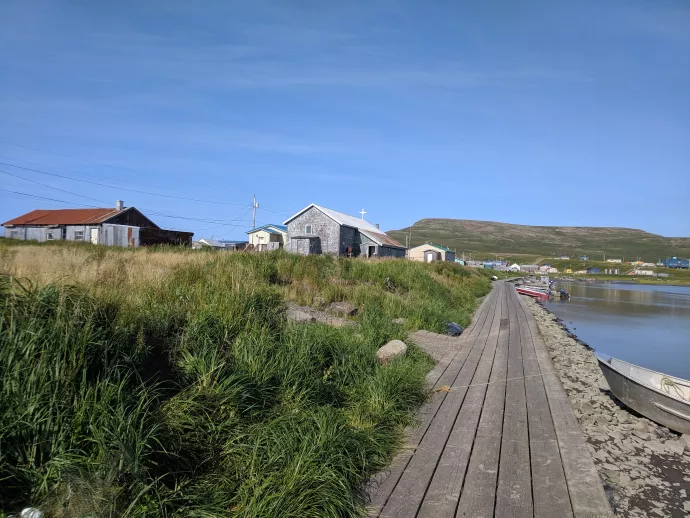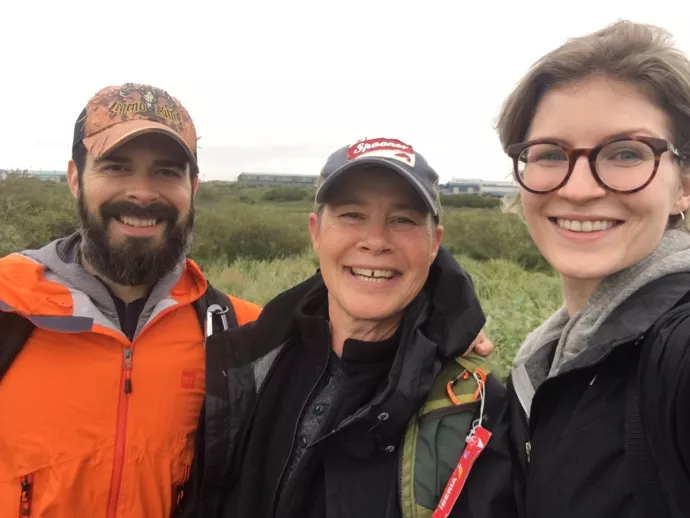
The Effect of Socioeconomic Transition on Circadian Rhythms, Sleep Quality, and Health in two Yup’ik Communities
Study site: Alaska
Study population: Yup'ik
The Yup’ik (“real person”) are an Indigenous population inhabiting West and Central Alaska, as well as Siberia. Sleep practices embedded in Yuuyaraq, the Yu’pik way of life, have allowed the Yup’ik people to thrive for millennia in the photoperiod extremes of high latitude. However, colonization of the North and the rapid advance of industrialization have fractured off many cultural connections both needed and valued for holistic wellbeing in their environment (Frink & Giordano, 2015; Rivkin et al., 2018). This project uses theories of evolutionary medicine to examine the sleeping patterns and circadian rhythmicity of two Yup’ik populations located in Alaska, USA undergoing differing stages of economic transition.
We are working with two Yup’ik communities for this project: Bethel, a town of 6,500 where wage-based industry predominates, and Tununak, a small coastal village where seasonal, flexible work schedules are more common. We hypothesize that rigid work schedules associated with industrialization may prevent individuals from expressing the seasonal sleep flexibility needed in Northern environments, leading to sleep and health disparities. In turn, this may be contributing to the “sleep epidemic” noted in northern, post-industrial populations. In addition, we hypothesize that strong social connectivity, particularly through Yup’ik knowledge and values, increases sleep quality and buffers negative effects associated with wage economy.


This study contributes to human sleep ecology research by offering novel insights into Yup’ik cultural sleep adaptations to extreme seasonality. By expanding our knowledge of cross-cultural sleep patterns, this project will also provide a framework to better understand the sleep epidemic hypothesis and its associated health consequences. Findings will inform public health strategies to optimize sleep health that are grounded in Indigenous perspective, and may support advocacy for season dependent, flexible school and work hours to improve health and well-being.
SHEL Members: Erica Kilius, David R. Samson
References
Frink, L. & Giordano, C. (2015). Women and subsistence food technology: the Arctic seal poke storage system. Food and Foodways, 23(4): 251-272.
Rivkin, I., Lopez, E.D.S., Trimble, J.E., Johnson, S., Orr, E. & Quaintance, T. (2018). Cultural values, coping, and hope in Yup’ik communities facing rapid cultural change. Journal of Community Psychology, 47: 611-627.
